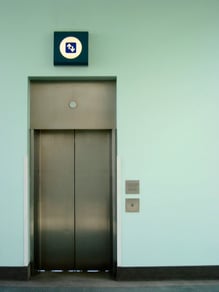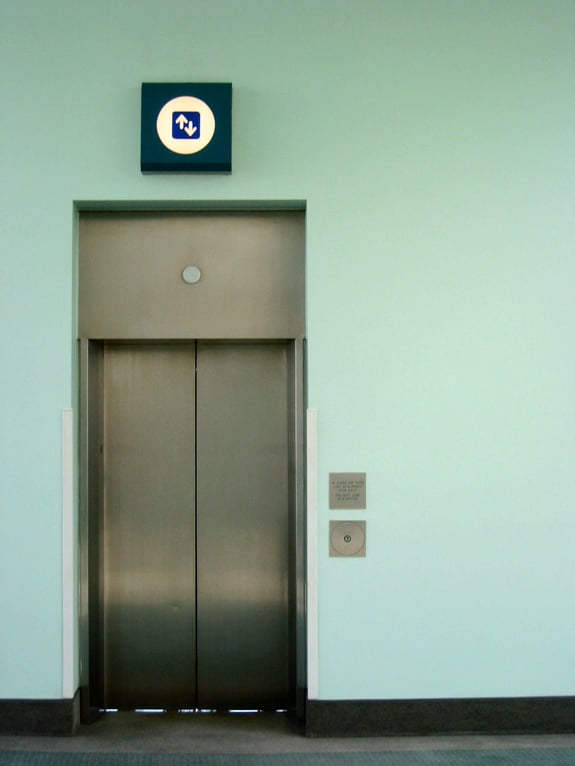The average life expectancy for an elevator is 20-25 years, depending on several variables: passenger usage, exposure to the environment, quality of maintenance, heat exposure and the quality of proactive repairs. These are just a few factors that result in an elevator needing to be replaced or repaired. An elevator in an office building that has onsite property management will usually last around 25 years, whereas an elevator located in a beach side condominium may only last 20 years. Usage and exposure to the environment, including rain and heat, results in the oxidation of elevator components. So, how will your association know when to upgrade the condo elevators?

The most obvious sign that your elevator needs a significant repair or modernization is the number of elevator shutdowns it has. If it is happening multiple times per month, then chances are it will need some sort of component upgrade. Elevator shutdowns can be eliminated with a small repair or even some sort of maintenance improvement.
If your association wants to dig deep into the root cause of the problem, follow these steps:
- Call your maintenance provider and request a meeting with an account manager or service supervisor.
- Request a printed copy of the service history from the last 12-18 months for the elevator. Have the account manager or service supervisor explain to you the number of service calls and what each one means. Typically, you will be able to see a “trend” of service calls that could be attributed to specific component failure, usage, and in many cases, weather related shutdowns.
- Review your maintenance contract with your maintenance provider to see if any of the components that need replacement are covered in your contract.
Another reason why elevators need to be upgraded is recent code changes. According to 399.02(9), F.S., “The phase II Firefighters’ Service upgrade does not have to be installed on elevators until the elevator is replaced or requires major modification.” Unlike the old law, which required that upgrades be completed by July 1, 2015, this law allows the owner of the elevator to delay making upgrades until the elevator is replaced or requires major modification.
When replacing and/or upgrading an elevator, there are many steps an association should take. Most importantly, the association should properly estimate the cost of an elevator repair/renovation. “Too often associations do not account enough funds to properly maintain an elevator or possible repairs. For example, if the building is 5 stories high or less and uses a hydraulic elevator system, the association should always have approximately $25,000 in their elevator account in the event of unforeseen emergencies. It is also important to solicit more than one bid from elevator contractors. Often, the work scopes of each proposal are vastly different, so in order to get the best price for your needs, an Elevator Consultant (EC) can always help.
When deciding if the Board should replace or upgrade its elevators, remember to take these facts into consideration. The Board will then be able to make a decision as to whether they are going to replace or upgrade their elevators.
Has your community replaced or repaired its elevators lately? Let us know in the comment section below.
